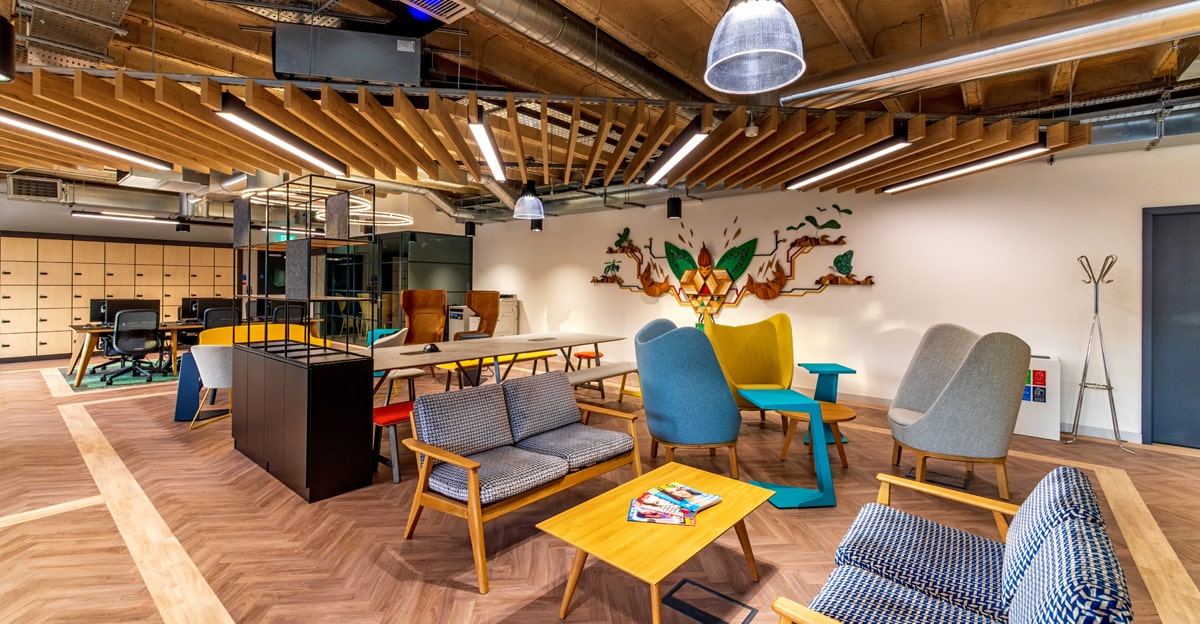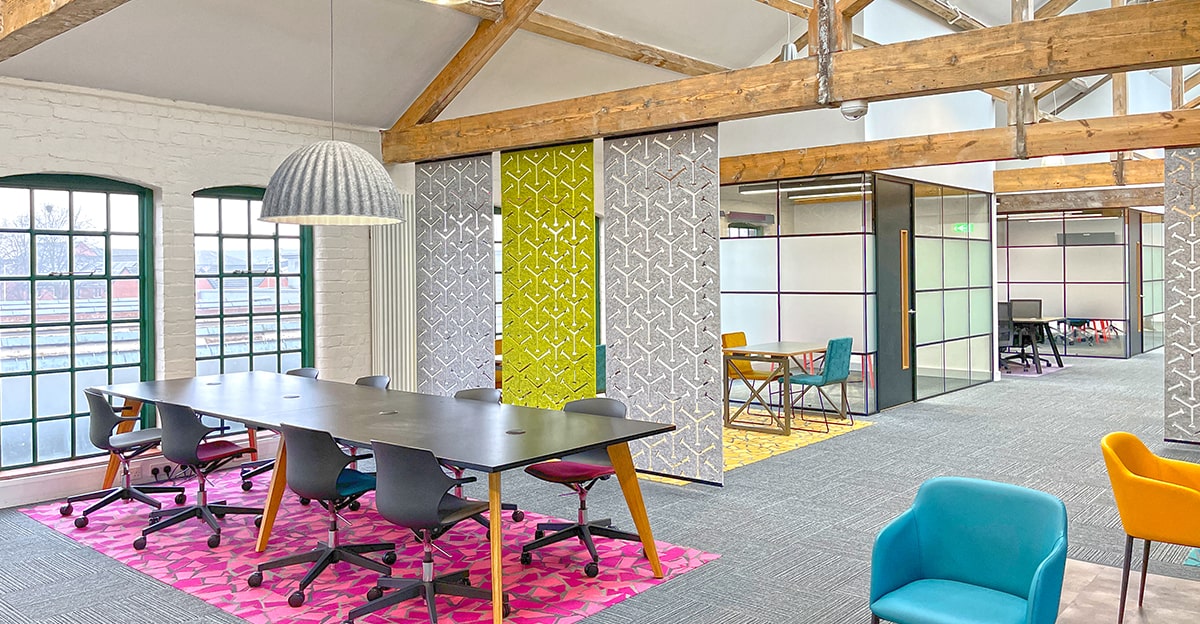What is Hybrid Working?
Share this Article...
Hybrid Working
What does Hybrid Working mean for your business and can your business support it?
( 3 – 5 Minute Read )

Is Hybrid Working Right for Your Business?
Working from home and hybrid working have rapidly become industry standard terms and practices, thanks in large part to the pandemic, but what does this mean for your office space and your business in general?
Hybrid Working
A hybrid working environment is built around a flexible work arrangement that allows for the seamless integration of working from home and working from a central location or office. This isn’t a brand-new way of working: it’s an extension of agile or flexible working and will mean that versatile and adaptable office space is needed, including hot desks, Zoom booths, meeting rooms, and social breakout areas.
Hybrid working does not mean the end of office work and any new policies, systems and design need to offer flexibility for all approaches to work.
Employee Focused
By adopting hybrid working many businesses have moved away from the concept that employees need to be at the same desk from 9-5 every day. Some staff would naturally choose to work from home, while others would prefer to be surrounded by their co-workers and operate in an office setting, therefore versatility is key with both your office culture and office space. The aim is to strike a delicate balance between the two and create a work atmosphere that prioritises employee well-being.
Employer Results
For some employers, the lack of direct, line-of-sight influence over their employees has resulted in team management becoming more difficult. However, for many, especially those that had a strong internal culture of trust, output has increased – mainly thanks to a better balance between work and personal life for employees, which has increased their productivity and creativity.
Many large companies have openly declared that they would encourage more employees to work in a hybrid model following the pandemic, while smaller businesses are also open to more flexibility too.

How hybrid working has changed the workplace
01. Objective Focused Workforce
Hybrid working redefines what is expected of employees and how performance is measured, with hours less manageable, the focus turns to the completion of projects and tasks.
To encourage workers to achieve these new demands, it is critical that they have access to the software, services, and workspaces that allow for optimum workflow.
02. Employer and Employee Trust
It has been shown that employees who feel valued and trusted are more likely to be committed and inspired to work, both in and out of the workplace, with the elimination of the “having to appear busy” mind-set, leading to higher well-being and more real world productivity.
03. Collaborative Work
As teams are no longer present full-time at the workplace, hybrid working can lead to challenges in communication and collaboration.
Versatile spaces, including flexible meetings rooms, are essential for when people are in the office together, but so is good communications technology and a culture that understands that collaboration can still happen informally.
04. Office Space
Hybrid working has resulted in many companies changing how their space looks and feels. Fewer set offices or banks of desks, and more versatility with hot-desking, break-out areas and soft lines and furnishings.
As you’d expect, we are already working with a number of clients about how we can help them adapt to hybrid working.
Follow us on social media to keep up to date on our projects, including this project
Facebook, Twitter and LinkedIn.
We are here to help, if you need advice in regards to your new or potential office space - be it large or small - we can help you make the most out of your budget.
Contact Us Today
